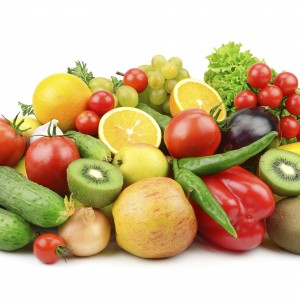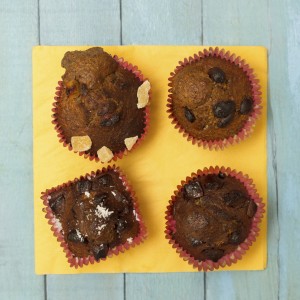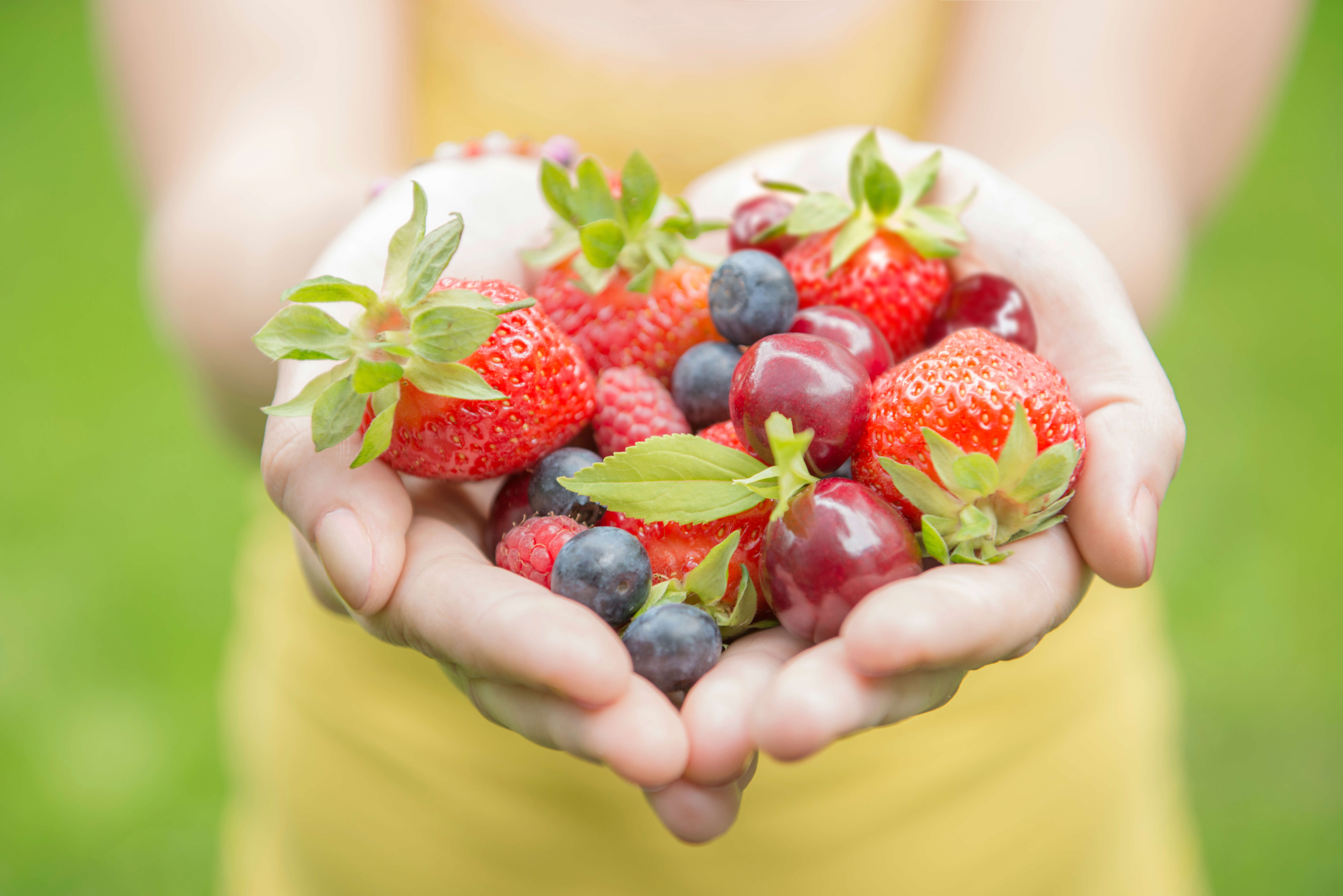Crash Course in Veganism
Another one of those food buzzwords we’re hear so often, veganism has many different backing elements. For the most part, many of the other dietary choices of modern day America come with a drive to lose weight, correct health problems, get in-shape or in response to an allergy diagnosis. But veganism is different and veers more of the side of raw foodism. It’s environmental, sustainable, animal (and bug) friendly, healthy and a very close jump from vegetarian. But vegan takes it a step further, eliminating any sort of animal by product mostly because of ethical issues around the chickens who lay the eggs or cows who are pumped for their milk. It’s a conscious choice and an effort to change the world’s practices toward food production. At the minimal, it’s a way to not promote or contribute to the industries and their practices. Bees also got mixed up in this mess, removing honey from diets as well. And although it seems to have taken a turn for popular in recent years, veganism is a tale as old as time. It just had a different name.
HOW LONG HAS IT BEEN AROUND?
The first mention of a vegan diet was to people called “total vegetarians.” They avoided all animal everything, just like the modern vegans we know today. Vegetarianism, even for moral purposes, dates back all the way to ancient Greece and India so it’s quite possible there was a vegan or two sometime between the years 500 B.C. and the 21st Century. In 1886 Henry Salt started campaigning that being vegetarian had more at stake than just the diet. That there should be a push for animal rights. This thinking was brought to the attention of known vegetarian Mahatma Gandhi, sparking a strong friendship between the two men. Fast forward nearly one hundred years and you see the first published occurrence of the term “vegan” in a 1943 newsletter from a British vegetarian society. Since then veganism has been slowly but surely making its way into mainstream society’s vocabulary and the diets of cultures around the world.
Henry Salt started campaigning that being vegetarian had more at stake than just the diet. That there should be a push for animal rights. This thinking was brought to the attention of known vegetarian Mahatma Gandhi, sparking a strong friendship between the two men. Fast forward nearly one hundred years and you see the first published occurrence of the term “vegan” in a 1943 newsletter from a British vegetarian society. Since then veganism has been slowly but surely making its way into mainstream society’s vocabulary and the diets of cultures around the world.
WHY EAT THE VEGAN WAY?
As the industrial age moved the world into the “more is better” mentality and the use of hormones, antibiotic-laden feed and poor living conditions for stock animals has been made more prominent and publicized, many people have found alternative diets like this one to weigh better on their minds and their overall physical health. Many scientific studies have found that the use of antibiotics and hormones in today’s meat to be bad for human health and has been linked to a number of conditions. The use of antibiotics as a means for controlling bacteria to ensure chickens are not sick in their short 6-week lifespans and to curb spreading that bacterium to the humans who consume the meat could lead to a public health crisis. With more antibiotic use in our food comes a better chance that bacteria will soon become resistant to any sort of treatment, making something as common as strep throat lethal. Countries across the world are adapting their farming practices to take this into account but there’s still a lot of work to be done. Some vegans adopt the diet change to eliminate the support for these types of practices or because they downright don’t want to eat meat that gives them more than they signed up for. Others, like in vegetarianism, just downright don’t care for the concept of consuming animals and their byproducts.
Besides the benefits thought to come from not eating modern meats and dairy, the vegan diet is often filled with fresh fruits, vegetables and legumes, all foods filled with a lot of nutritional value. Some have experienced weight loss, increased immune system, better brain activity and an overall feeling of high quality of life. As with vegetarianism, however, many vegan diets have a tendency to contain far too many carbohydrates and starches than the good stuff, leading to weight gain and decreased quality of life due to a lack of proper nutrients. Many dieticians and doctors urge those who practice veganism to be sure to rotate their diets, incorporate a lot of fruits and veggies and, if in doubt, take daily supplements. Another important thing to remember is that it does not mean gluten-free. Lucky for those who are both, there’s an endless number of vegan gluten-free recipes out there today.
WHO DOES IT?
Some of the biggest names this side of the Western hemisphere have adopted the diet. Most notably, 42nd U.S. President Bill Clinton went vegan in 2009 after a quadruple bypass and stent surgery. He said he feels great, his vitals are good and he has more energy. Country singer sweetheart Carrie Underwood became a vegetarian in her early teens after not being  able to stomach meat due to growing up on a farm and witnessing animal slaughters. The esteemed actress Natalie Portman is a long time vegan, adopting the lifestyle after reading Jonathan Safran Foer’s Eating Animals. She even designed her own line of vegan shoes, using alternative leather-like sources. But perhaps no one has been vegan as long as Alicia Silverstone, who started eating that way over 15 years ago as a way to eliminate her asthma, acne, insomnia and digestion issues. Other notable vegans include Al Gore, Thom Yorke, Alanis Morissette, Ellen DeGeneres, Russell Brand, Joaquin Phoenix and Mike Tyson.
able to stomach meat due to growing up on a farm and witnessing animal slaughters. The esteemed actress Natalie Portman is a long time vegan, adopting the lifestyle after reading Jonathan Safran Foer’s Eating Animals. She even designed her own line of vegan shoes, using alternative leather-like sources. But perhaps no one has been vegan as long as Alicia Silverstone, who started eating that way over 15 years ago as a way to eliminate her asthma, acne, insomnia and digestion issues. Other notable vegans include Al Gore, Thom Yorke, Alanis Morissette, Ellen DeGeneres, Russell Brand, Joaquin Phoenix and Mike Tyson.
HOW DOES IT WORK?
In order to be vegan, one must remove all meat including fish, dairy and honey. But it doesn’t end there. Many domestic beers and spirits use animal bones to filter their products so one must pay attention to which ones are acceptable. And although larger cities have a tendency to supply more vegan-friendly foods, it’s perfectly possible to adhere to the diet without a Whole Foods or a personal chef. Fresh produce, nuts, seeds and legumes are what the majority of most vegan diets should sustain of. It’s important to monitor carbohydrate intake and since most meat substitutes contain soy or manipulated gluten, these are best reserved for special occasions. The best news is that with the outpouring of information on it, the internet is bursting with vegan recipes, tips and even online support groups. You can learn how to make your own almond milk, pizza crust, ice cream, veggie burgers, quinoa salads and perhaps the most difficult, vegan pastries for some healthy baking.


